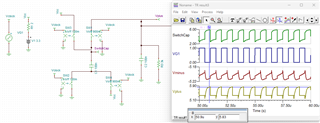Other Parts Discussed in Thread: MAX202, TRS202E
Tool/software:
Hi team,
In our datasheet, C3 can be connected to GND or VCC. While in competitor ADM202E datasheet, ADI require C3 connected to Vcc. And I didn't see internal block diagram in our DS. Could you please kindly help on below questions:
- Why C3 can be connected to GND or VCC?
- Help share internal connection to help us understand question 1.
- Can customer replace ADM202E by MAX3221E directly with C3 connected to Vcc?

B R,
Owen



